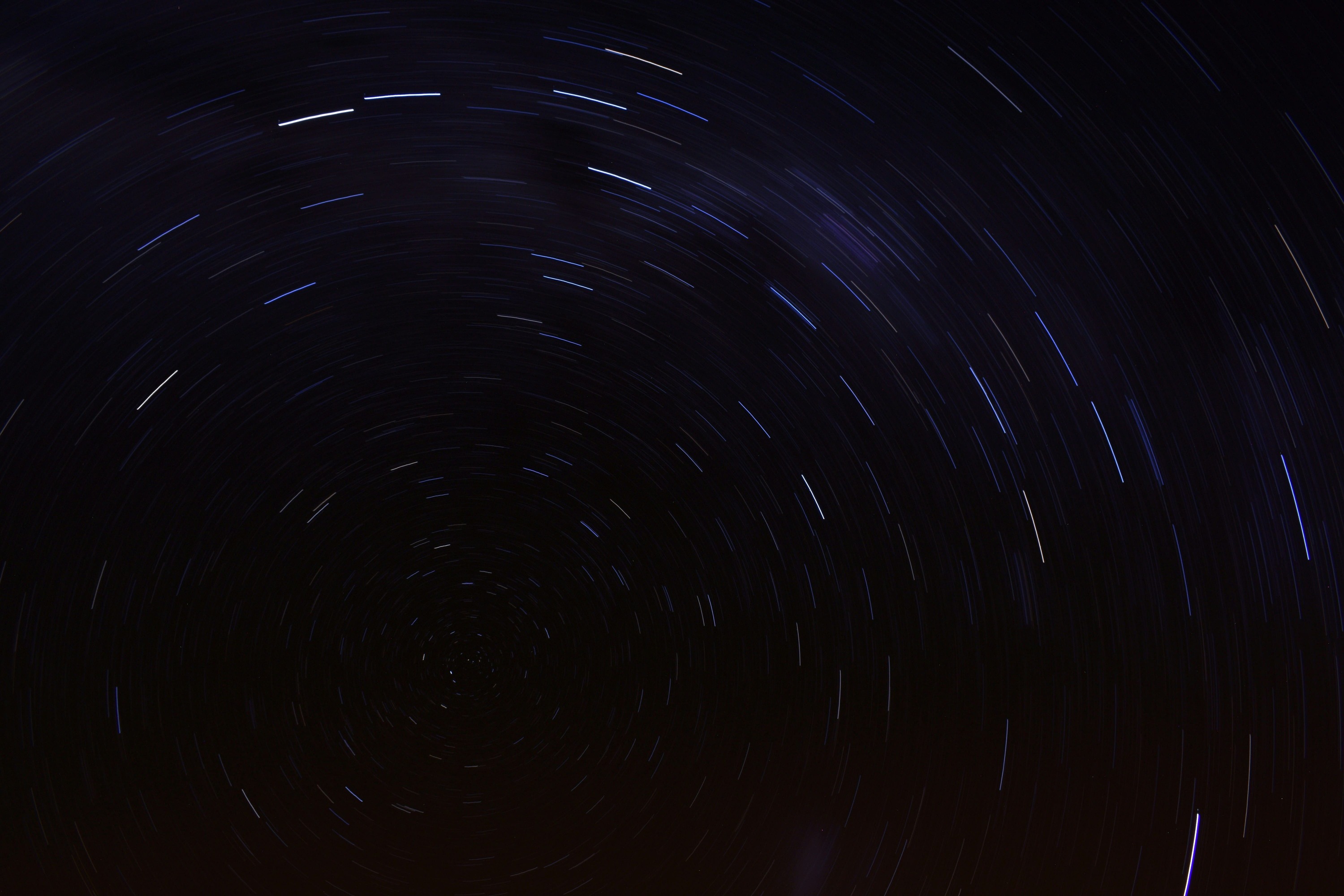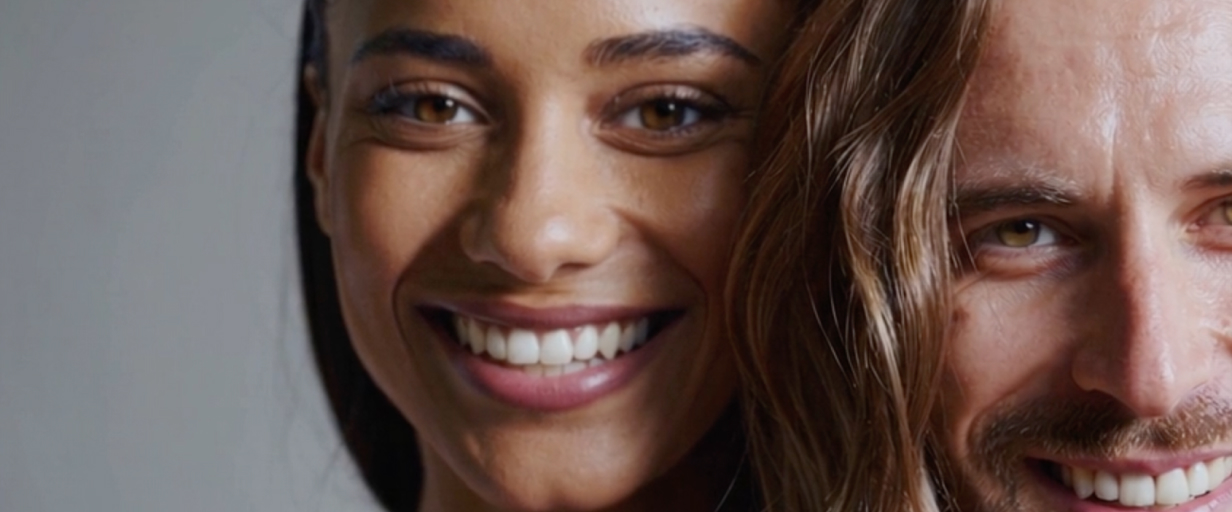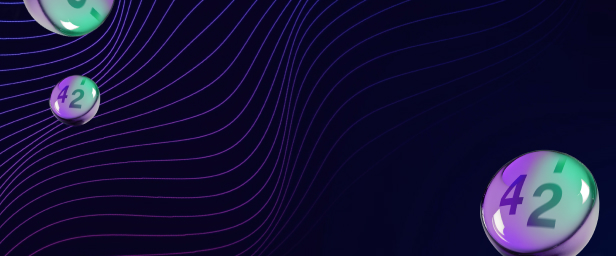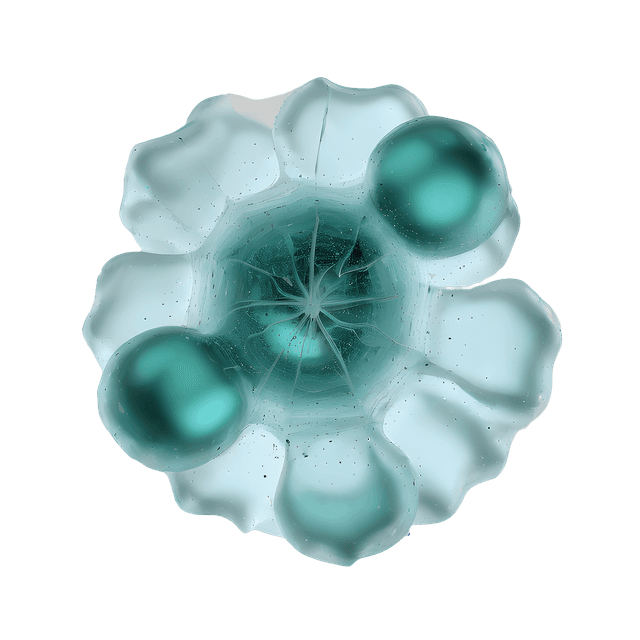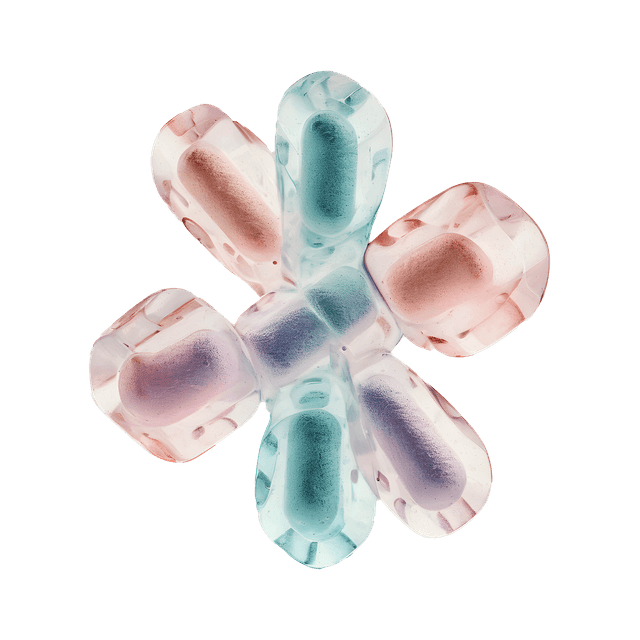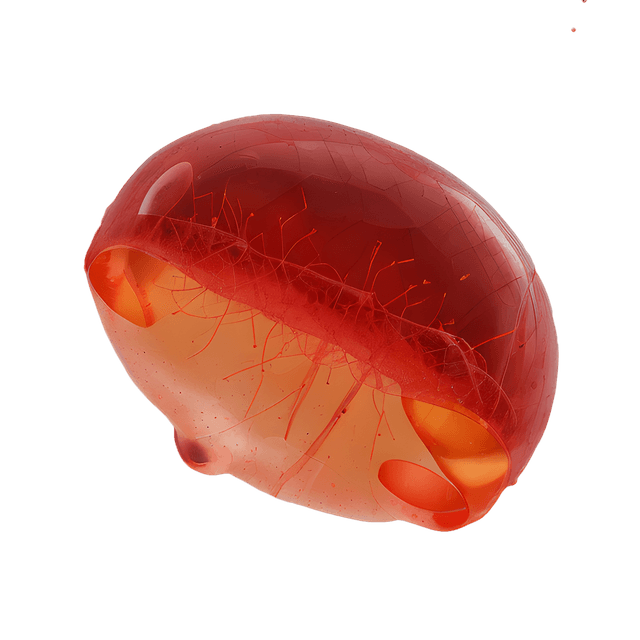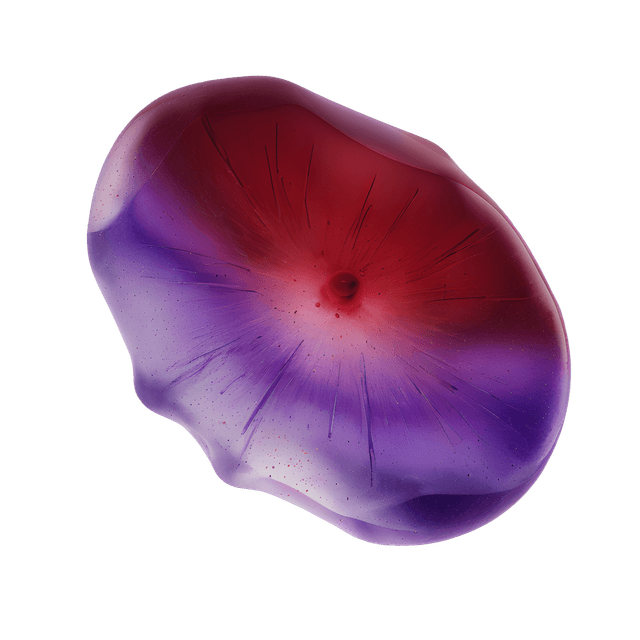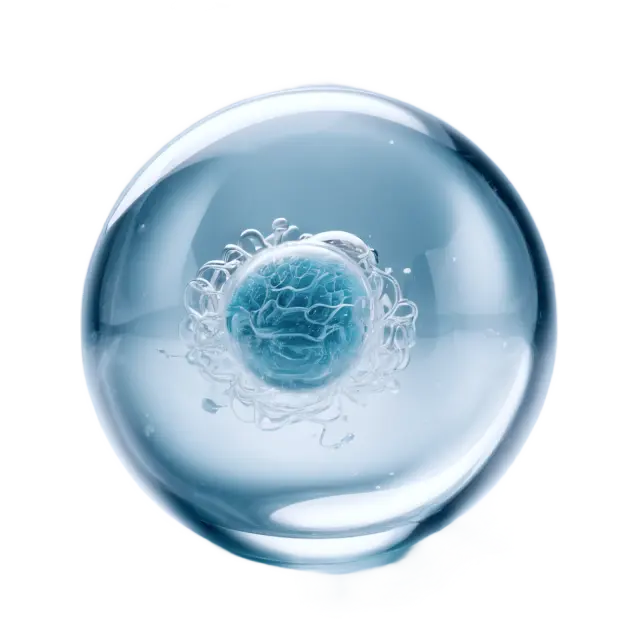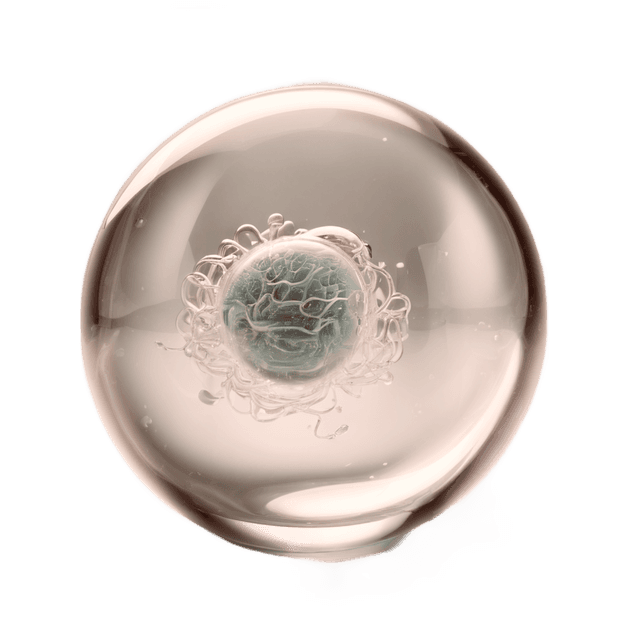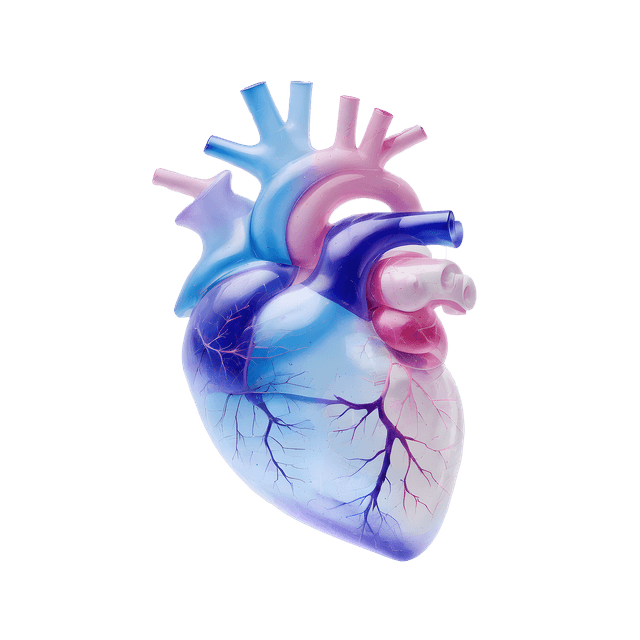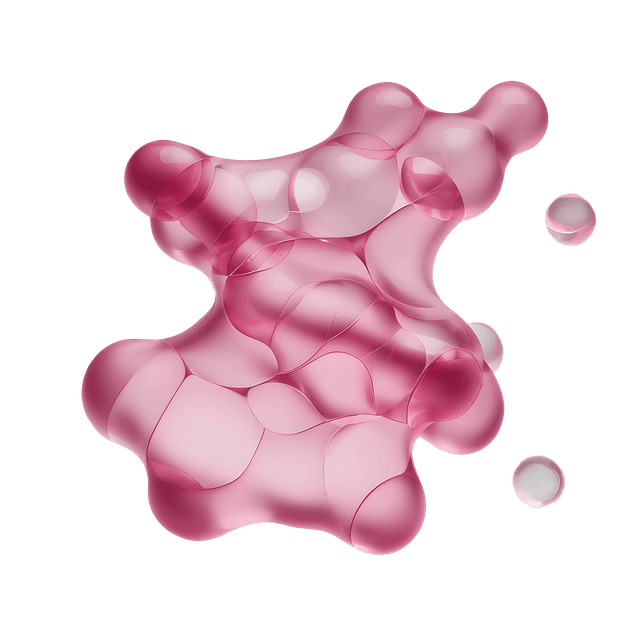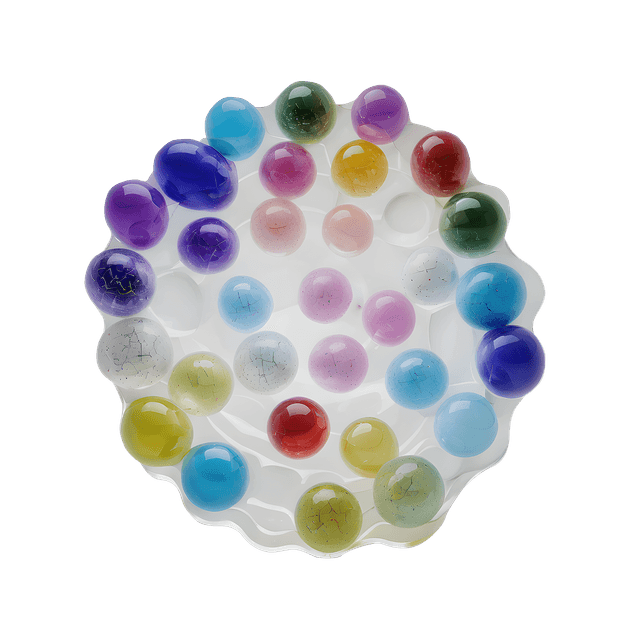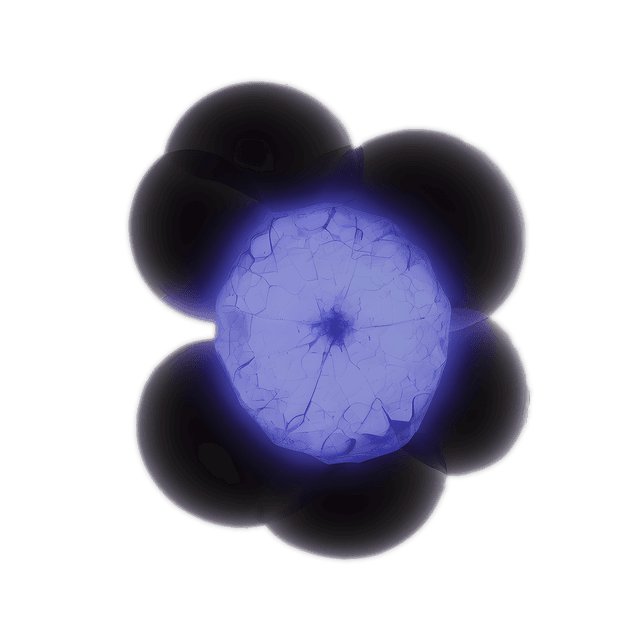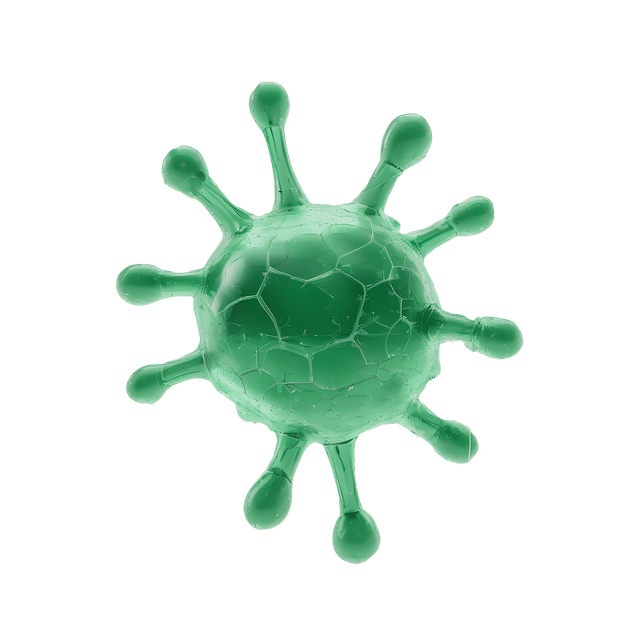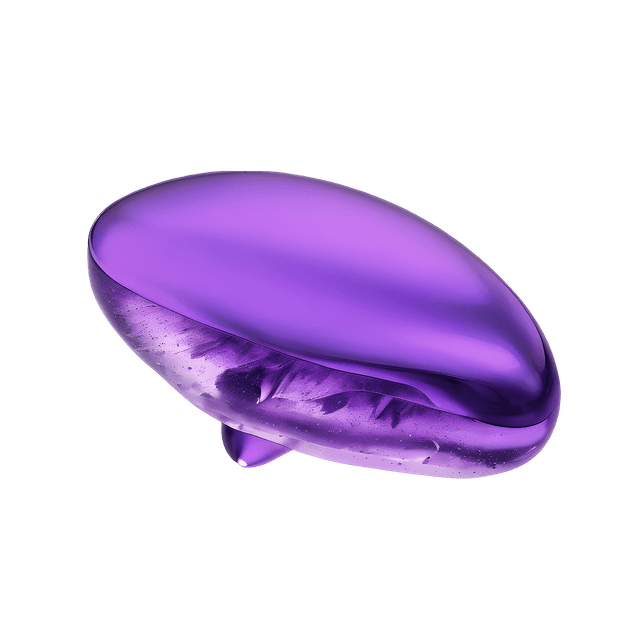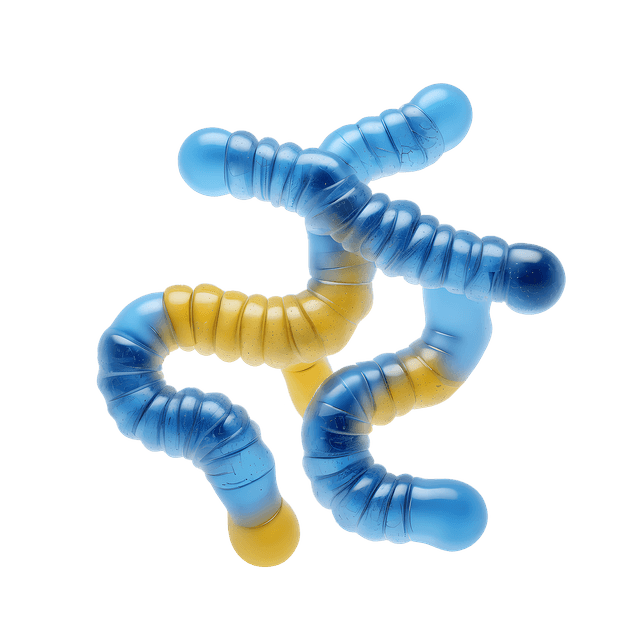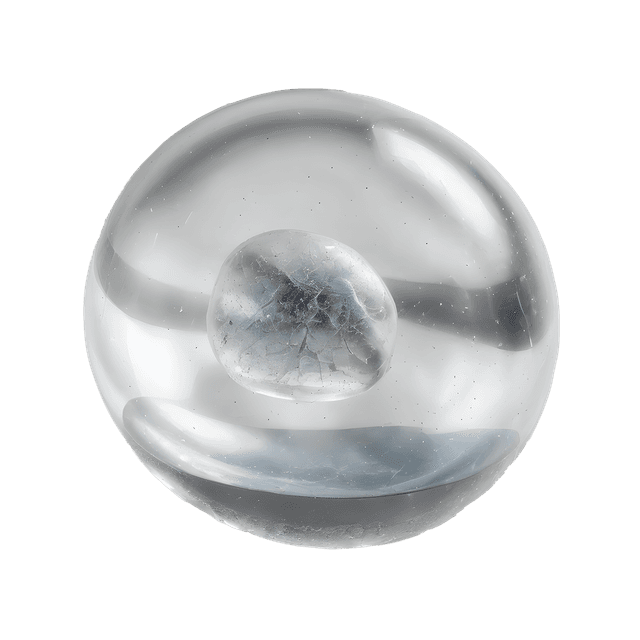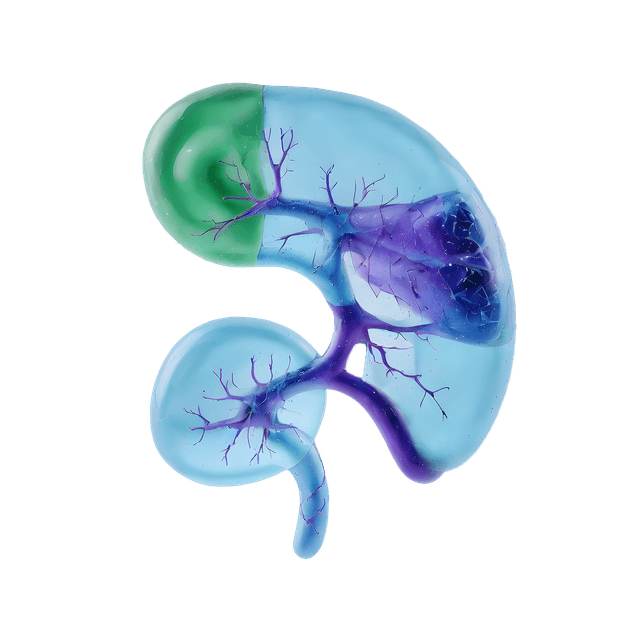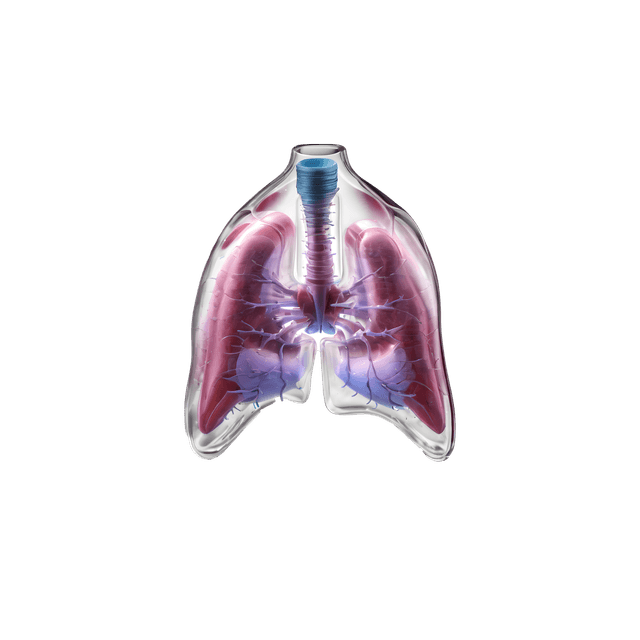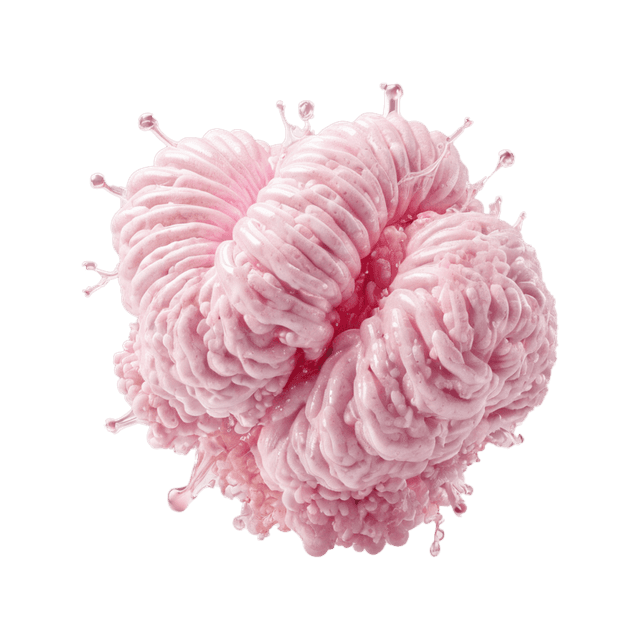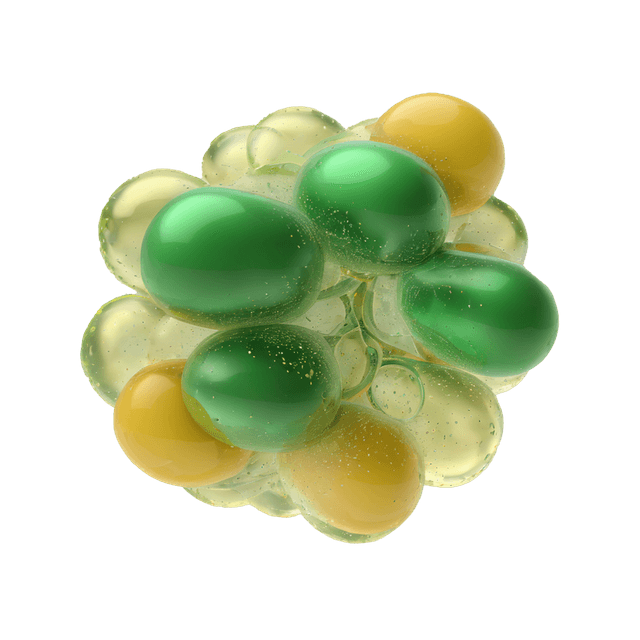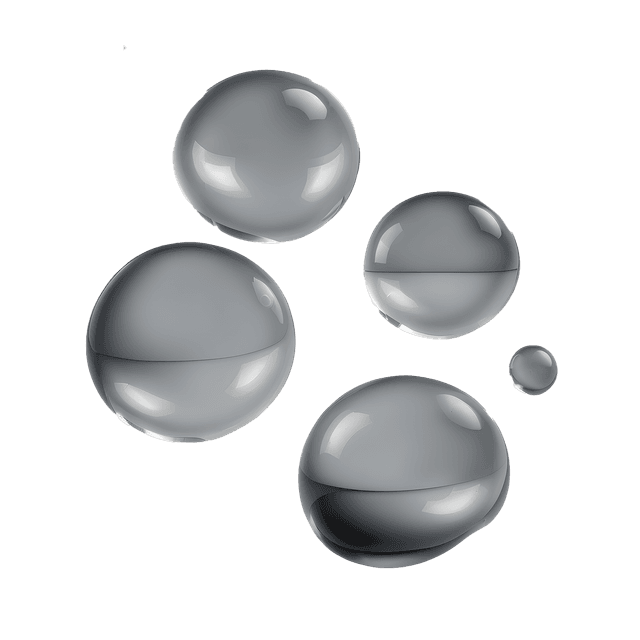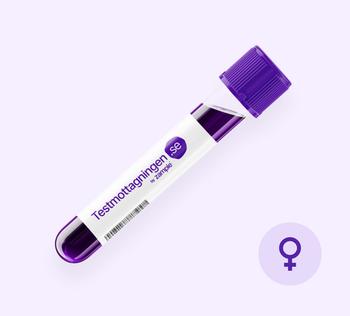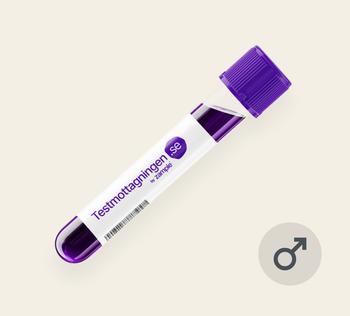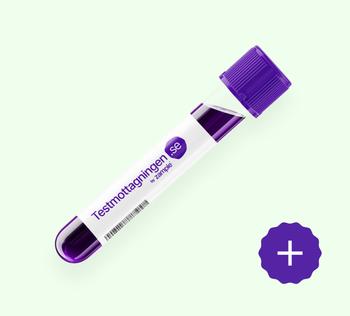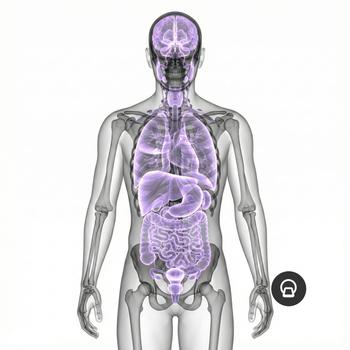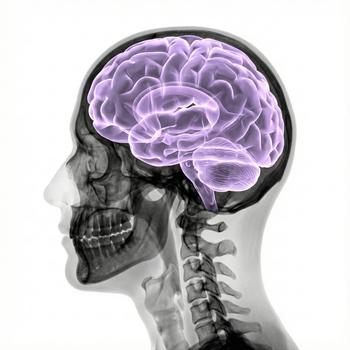What is a stye?
A stye (also medically called a hordeolum) is a small, pus-filled inflammation of a sebaceous gland outlet on the eyelid. There are two different types of styes:
- External stye: This is the most common type, it is located at the edge of the eyelashes and is often due to an infection in a sebaceous or sweat gland.
- Internal stye: In an internal stye, it is located further inside the eyelid, in a meibomian gland. An internal stye can be more painful and cause more swelling than an external stye.
Why do you get a stye?
It is almost always the bacteria staphylococcus aureus (yellow staphylococcus), which infects a blocked sebaceous gland and causes a stye. Various factors that increase the risk are:
- Poor eye hygiene
- Rubbing your eyes with dirty hands
- Using old or contaminated makeup products
- Incorrectly handled contact lenses
- Skin problems such as rosacea or blepharitis
- Stress or a weakened immune system
Common symptoms of eye styes
If you get a stye in your eye, you may experience one or more of the following symptoms. You may:
- Be red, sore and have swelling at the eyelid
- Feel a sensation of having "gravel" in the eye
- Have pain and irritation
- Sometimes also have a slight fever or swollen lymph nodes

Treatment - how do you get rid of a stye?
Most often, no treatment is needed as most styes go away on their own within 1�–2 weeks. But there are things you can do to speed up healing and get rid of your stye faster:
1. Warm compress
One of the most effective ways to treat a stye is with a warm compress:
- Soak a clean towel, or cotton pad, in warm (not hot) water.
- Hold to the affected eyelid for 5–10 minutes, 2–4 times a day.
- The heat helps to dissolve the pus and allow the stye to drain naturally.
2. Good eyelid hygiene
- Wash the eyelid with lukewarm water and possibly a mild eyelid cleanser.
- If you usually wear makeup, you should avoid doing so until the stye is gone.
- Never wear contact lenses if you have a stye.
3. Medication
- In more severe infections, a doctor may also prescribe antibiotic ointment or drops.
- In very rare cases, a minor surgical procedure is needed to drain the stye.
Home remedies – do they work?
Yes, there are several well-known home remedies that work to relieve and reduce the infection of a stye, but not all of them have scientific support. Here are some that can relieve symptoms:
- Warm compress – see description above, this is the best home remedy with evidence.
- Chamomile – some use a warm tea bag as a compress. Chamomile has mild anti-inflammatory properties.
- Toothpaste or saliva – this is not recommended. Toothpaste and saliva can irritate the eye and even worsen the infection.
When should you seek medical attention?
You should seek medical attention if the stye does not go away within two weeks or if the swelling spreads and you develop a fever. You should also seek medical attention if you have recurring styes or vision problems.
How to prevent eye styes
To prevent eye styes, here are some general and important guidelines to follow:
- Wash your hands often and avoid touching your eyes.
- Clean makeup brushes and the like and change your makeup regularly.
- If you have blepharitis or rosacea, clean your eyelids.
- Avoid sleeping with makeup on.
